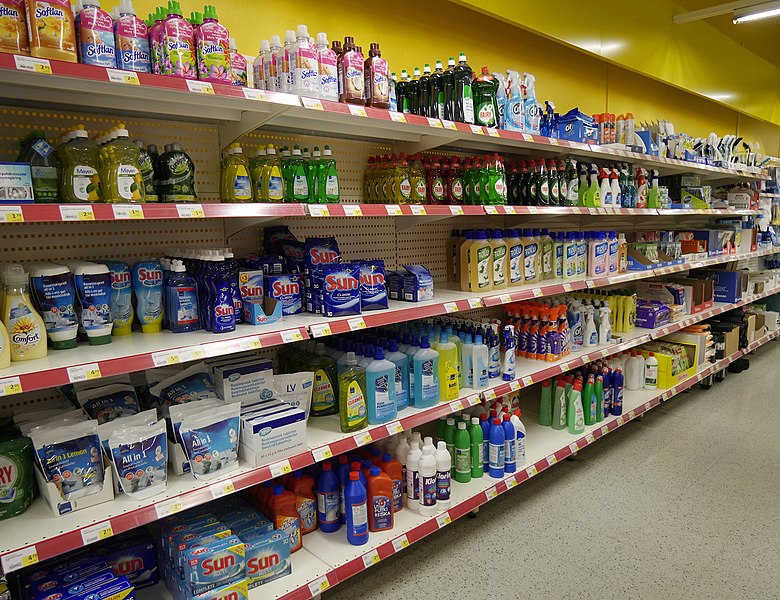Fragrances used in many common household products are one of the leading causes of contact allergic dermatitis in children, a new study has found
Fragrances are the most likely substance to trigger allergic contact dermatitis (ACD) in children, and kids with a weak skin barrier function or eczema should probably be given fragrance-free products to use, experts say.
Such fragrances can be found in products such as in baby products, liquid soaps, shampoo, after shave, makeup, skin care products, perfume and candles.
A study published in the Australasian Journal of Dermatology has found that fragrances were one of the leading causes of contact allergic dermatitis in kids.
In the study, children and adolescents under the age of 17 were tested for fragrance mix allergies, as part of a patch test for 30 different substances.
In the group aged six to 10 years, fragrance mix and colophonium were the most common allergens. (Colophonium is found in adhesive dressings, leather shoes, lipstick and musical instruments.)
In the group aged 11–17, fragrance mix and nickel sulphate were the most common triggers of ACD. (Nickel is found in earrings, children’s toys, clothing, and some electronic equipment.)
Overall, around 59% of the children had a positive patch test in the study. This rate was much higher than the general population because these children were already suspected of having ACD prior to testing.
Under Australian law all fragranced products must be labelled as containing fragrances.
Many of the fragrance chemicals on labels, such as coumarin or eugenol, are not recognised by consumers as fragrances, Dr Elizabeth Chow, a dermatologist at Liverpool Hospital in Sydney who was not involved in the study, said.
As a clue, any product that had a pleasant smell when you opened the jar probably had fragrance in it, she said.
Oils often had an unpleasant smell, so fragrances were used to mask the scent in many soaps and creams, she said. Organic products could also contain fragrances, as some of these chemicals were derived from plants.
All children have some risk of developing ACD from fragrances, but children who also had eczema were at greater risk, Dr Chow said.
In the study, around half of the children with ACD also had atopic eczema.
“People with atopic eczema have a weak skin barrier function,” Dr Chow said. “So, they’re more likely to have potential allergens penetrate through the skin and then the immune system recognises the chemical and mounts a response.. That’s when the allergic reaction occurs.”
ACD could be triggered, for instance, when a person with eczema kept using soap, which strips off the top layer of the skin and makes it easier for the allergen to pass through, she said.
The risk of ACD depended on many factors, including how the allergen was being presented, how frequently it was applied to the skin, whether the skin worked as a barrier, and the concentration of the chemical, Dr Chow said.
One of the most allergenic chemicals is the hair dye paraphenylenediamine (PPD), which is why there was so much concern over the rise in popularity of dark ‘Henna tattoos’, she said.
PPD is not meant to be applied to skin for prolonged period, but ‘Henna tattoos’ often contain PPD and the dye is painted directly on the skin, increasing the risk of an allergic reaction.
There are many chemicals that could potentially cause ACD, but children have limited skin surface area for patch testing, so it’s necessary to limit the number of chemicals in the test.
In the past, Australia has depended on the European guidelines for which chemicals to patch test in children with suspected ACD.
In their study, the Victorian researchers proposed a new Australian Paediatric Baseline Series of 30 allergens most commonly found in the Australian environment.


